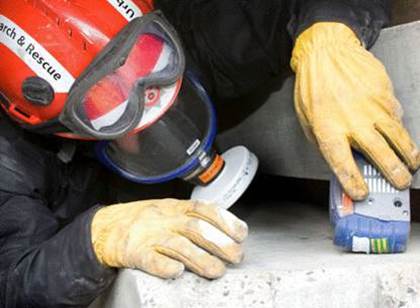Hazard Identification Procedures
Employers must identify and evaluate permit space hazards before allowing employee entry initially and prior to each entry. They must identify existing or potential hazards in each permit space in the workplace.

Those who enter permit spaces face two kinds of hazards: atmospheric and non-atmospheric. Atmospheric hazards affect the air in the space and can be flammable, toxic, corrosive, or asphyxiating.
Test atmospheric conditions in the permit space before entry operations and monitor the space during entry. Always test the atmosphere as most confined space injuries and fatalities are caused by hazardous atmospheres. Be especially careful when evaluating a space that could contain an atmospheric hazard! The only way to identify an atmospheric hazard is to test for it from outside the space.
Perform appropriate testing for the following atmospheric hazards in this sequence: oxygen, combustible gases or vapors, and toxic gases or vapors. Remember "O-F-T" and you can't go wrong.
Always test for atmospheric hazards in the order listed below:
- O - oxygen deficiency, enrichment or displacement
- F - flammable or explosive atmospheres
- T - toxic or corrosive atmospheres
Non-atmospheric hazards include conditions such as:
- mechanized equipment;
- loose materials;
- excessive noise;
- extreme temperatures;
- low light;
- difficult access; and
- psychological stress.
Knowledge Check Choose the best answer for the question.
2-5. Which of the following is the correct order for testing atmospheric hazards prior to entry into a confined space?
You forgot to answer the question!
